When we get a cut or a scrape, we’ve learned to break out the first aid kit.
We clean the site, use some antiseptic spray to prevent further infection and cover the wound with a bandage.
But what do we do when the non-physical parts of us hurt?
“As a physical first aider, they’ve got bandages or a defibrillator.
“But as a mental health first aider, your main tool is your communication,” said Gwen Robertson, a learning and development trainer at Nescol.
When someone is having a difficult time, mental health first aiders can comfort and reassure them.
They can be the first point of contact in a crisis, and are equipped with skills and resources to signpost the person needing support to the best place to get help.
‘If you were a physical first aider – you wouldn’t start operating’
These first aiders are trained to spot the signs of poor or deteriorating mental health.
And courses, like the one led by Gwen, help people learn how to respond when someone is in a crisis.
Including how to become confident enough to navigate difficult discussions such as self-harm and suicide.
However, Gwen explained first aiders don’t need to go into the same details as a therapist or counsellor does.
“If you were a physical first aider, and someone was having a heart attack, you wouldn’t crack open their chest and start operating,” she said.
“Exactly the same principles apply. You would be giving CPR until a health professional came to help them.”
If confronted with this scenario, a mental health first aider would offer the person reassurance and propose options to get the right help they need.
‘People are afraid of opening up about their problems’
Many wanting to become first aiders develop skills called active and reflective listening.
“When you use reflective conversation, you’re really using the words of the person – or the behaviour that you’re seeing – and that is your foot in the door.
“Saying, ‘I noticed that…’ or ‘I’m hearing that you’re telling me this’, and then the reflection of what you’re hearing or seeing back to the person validates your concern.”
Active listening requires you to not only listen, but respond effectively to what they are saying.
“And we’ve got to remember that person at that point might be feeling quite afraid, they might feel embarrassed,” she continued.
“It’s not as easy as talking about a broken bone – you know you can see it.
“People are good at masking, people are frightened of opening up and talking.”
Gwen said sometimes people are afraid of the consequences of discussing their problems.
But “alleviating that fear” while validating your concerns through reflective listening can make a difference.
One conversation could save somebody’s life
First aiders understand the differences between problems straining someone’s mental health, or somebody with a mental illness and how it affects their daily life.
She said: “There is no cure, it’s more about learning to live with that illness and using coping strategies that they’re going to need because of what life’s challenges are.
“And they may dip up and down with their illness. It’s about keeping them safe.”
In situations like suicide, Gwen said a conversation and reaching out could make all the difference.
She added: “Being able to spot the signs and signals, and then have that difficult conversation with somebody. And it’s just really being there sometimes.
“That could actually save somebody’s life, if [a first aider] can notice things and then have that conversation with them.”
How do you spot the signs?
Trained individuals will be able to look out for a change in behaviour, physical signs and a change in the way they’re psychologically thinking or feeling.
Gwen used the workplace as an example, focusing on a colleague who would always interact with others.
If those who would usually sit and socialise during breaks suddenly become withdrawn – it could signal that something is wrong.
Although everyone can experience mental health problems in their life, Gwen said it can be concerning when it becomes “severe and prolonged”.
“That’s when we start to notice the signs that something else is going on,” she explained.
“We can all feel a little low and down, but if that changes in that person and we’re noticing the changes in their behaviour over longer periods – that’s when it can be detrimental to them.”
Having a conversation and initiating dialogue to find out if that person is okay, the first aider might be able to support them.
If you’re interested in becoming a mental health first aider, find out more at the Nescol website here.
If you’re thinking of suicide and need help now, you can contact the Samaritans 24/7 free of charge on 116 123.
More health news…
Mental health hub launched in response to pandemic helped more than 5,000 people
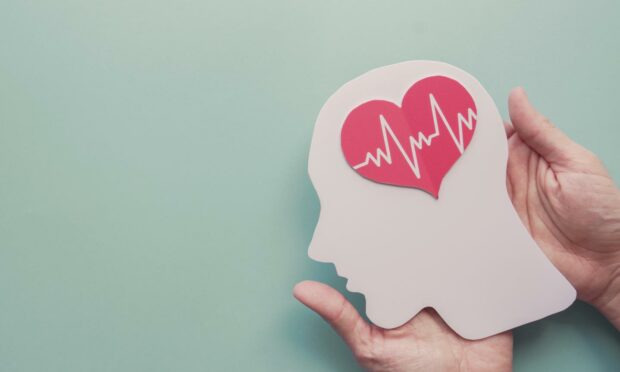
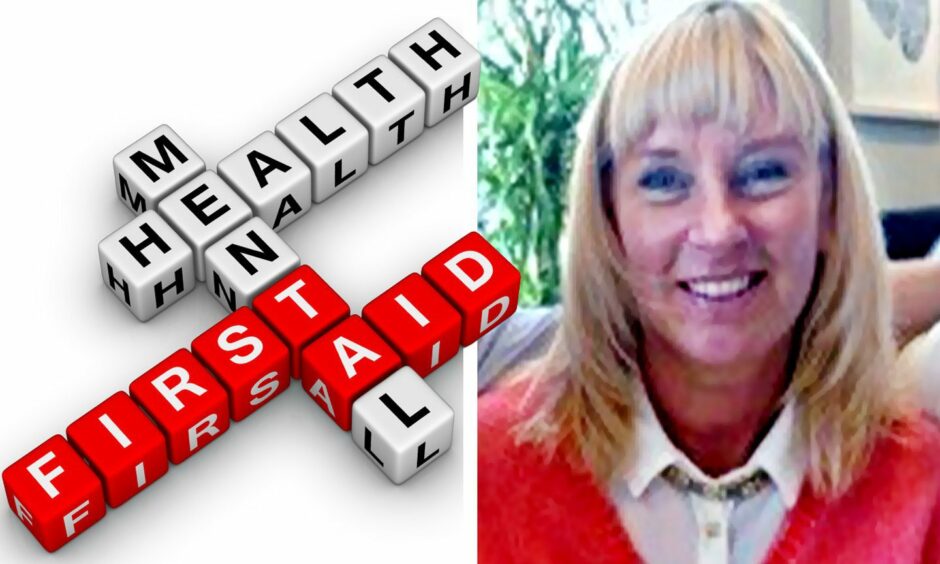
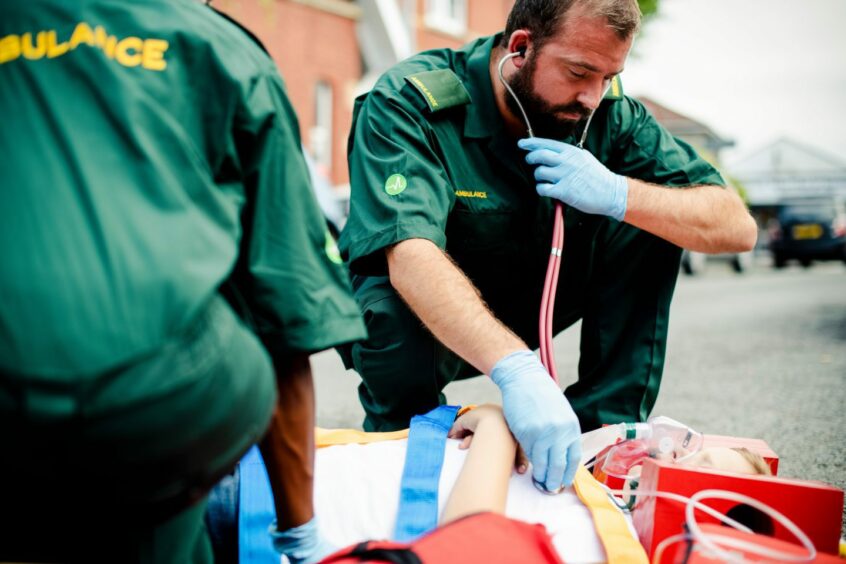

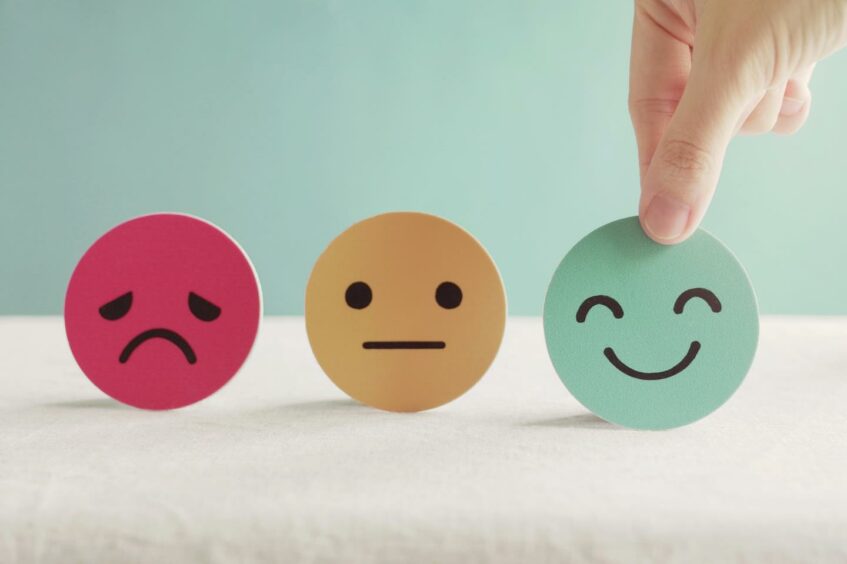
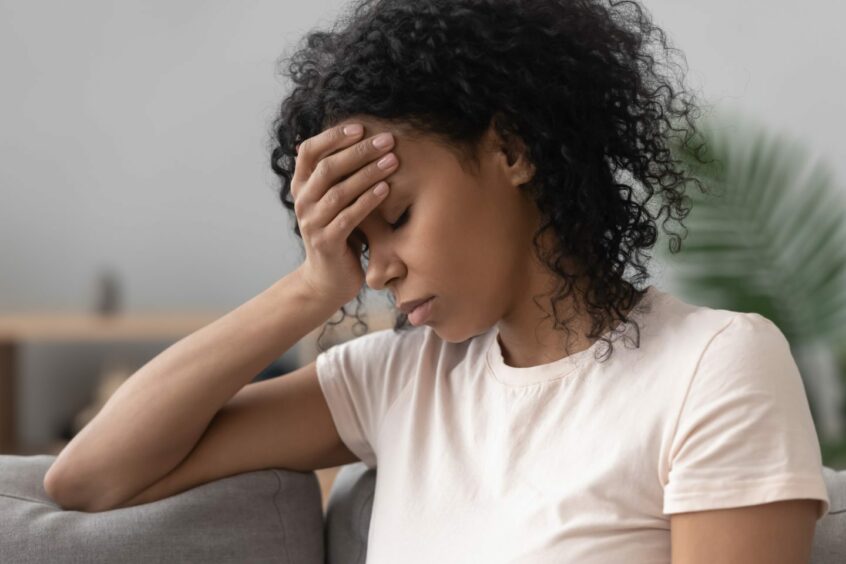
Conversation